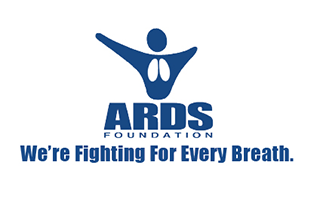This writing is intended to briefly introduce ARDS patients, their families, and significant others, with the properties of nitric oxide and the clinical implications associated with the use of this gas. Nitric oxide (NO) should not be confused with nitrous oxide (N2O), the mild anesthetic often used by dental professionals that is more commonly known as “laughing gas.” As a matter of fact, nitric oxide was known as a common environmental pollutant and contaminant during the manufacturing process of nitrous oxide. NO is normally manufactured from the reaction of sulfur dioxide with nitric acids. Nitric oxide is a component of smog that can be measured in urban area air at 10 to 100 parts per billion (ppb), is naturally produced in the body in the upper and lower airway at 100 to 1000 ppb, and is present in cigarette smoke at 400 to 1000 parts per million (ppm). Clinical research found that the concentration of exhaled NO is increased during exercise and in patient’s with asthma.
Inhaled NO is a relatively new United States Food and Drug Administration (FDA) investigational drug and numerous facilities are involved in clinical trials utilizing this gas. Until approved by the FDA, its use is limited to those facilities that have gone through the application process for drug evaluation and research and have been granted permission (known asan Investigational New Drug [IND] number) to conduct such studies utilizing NO. In addition, an informed consent procedure must be obtained from each patient or legal representative prior to the administration of NO.







